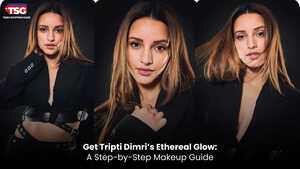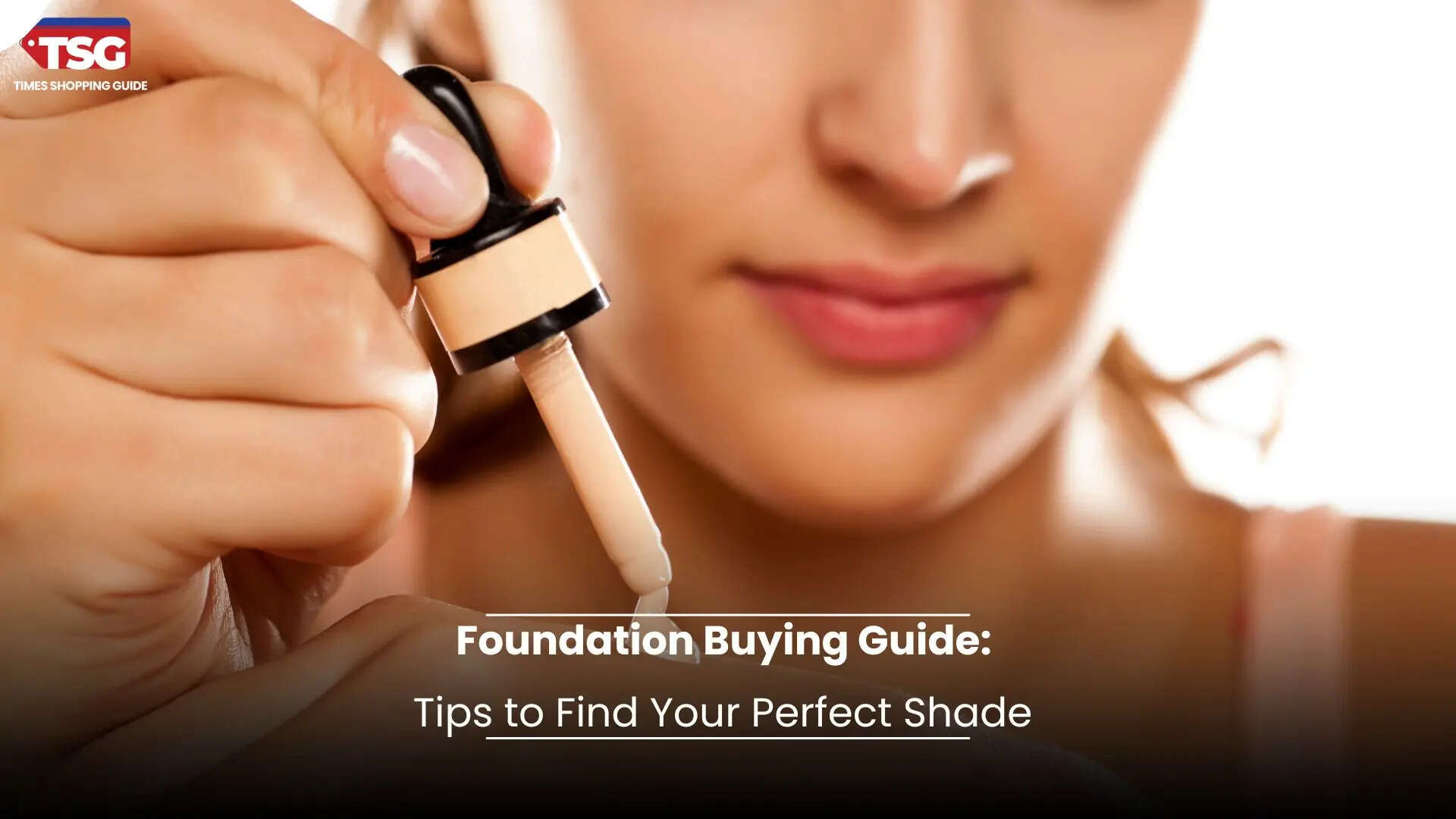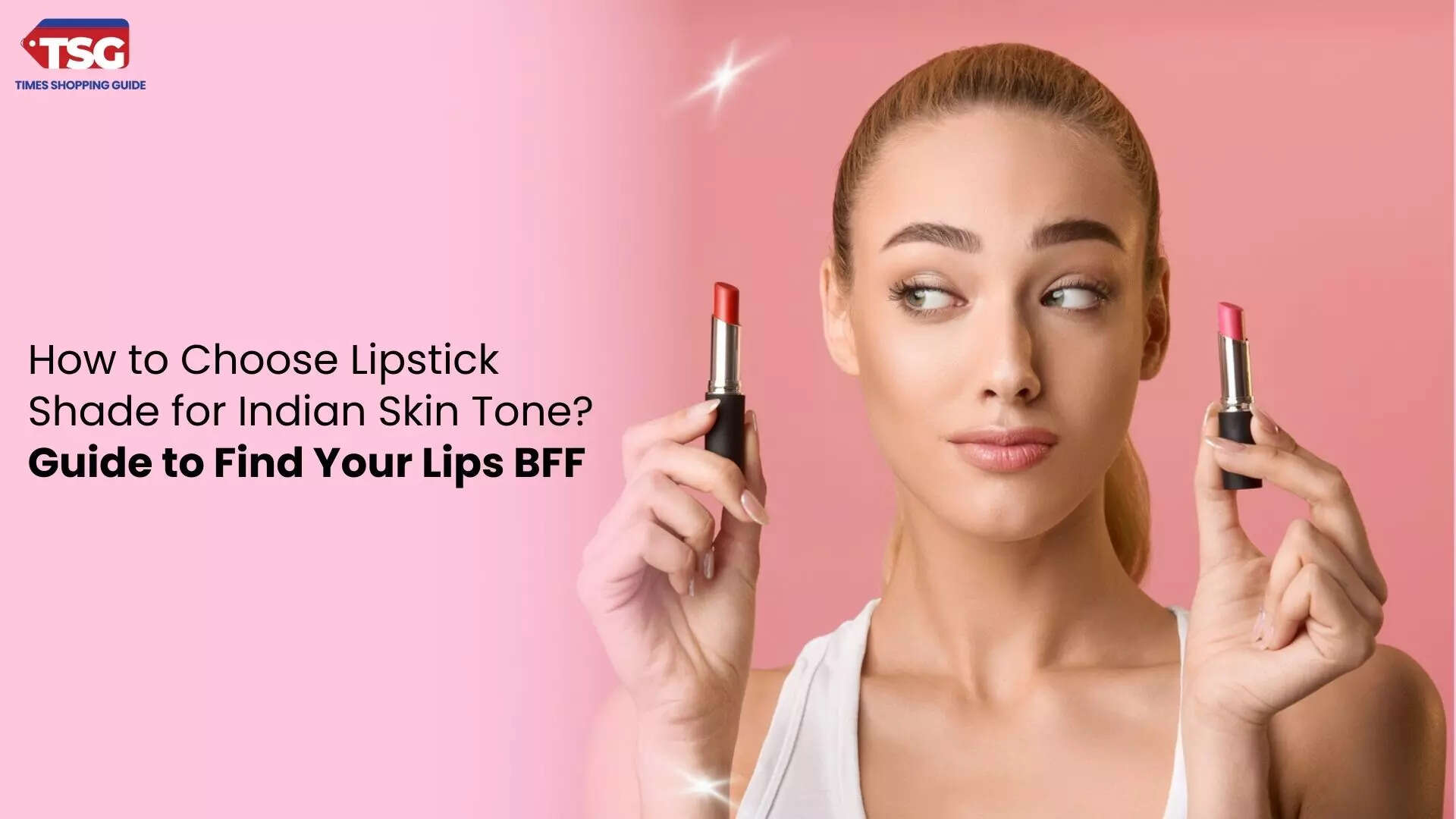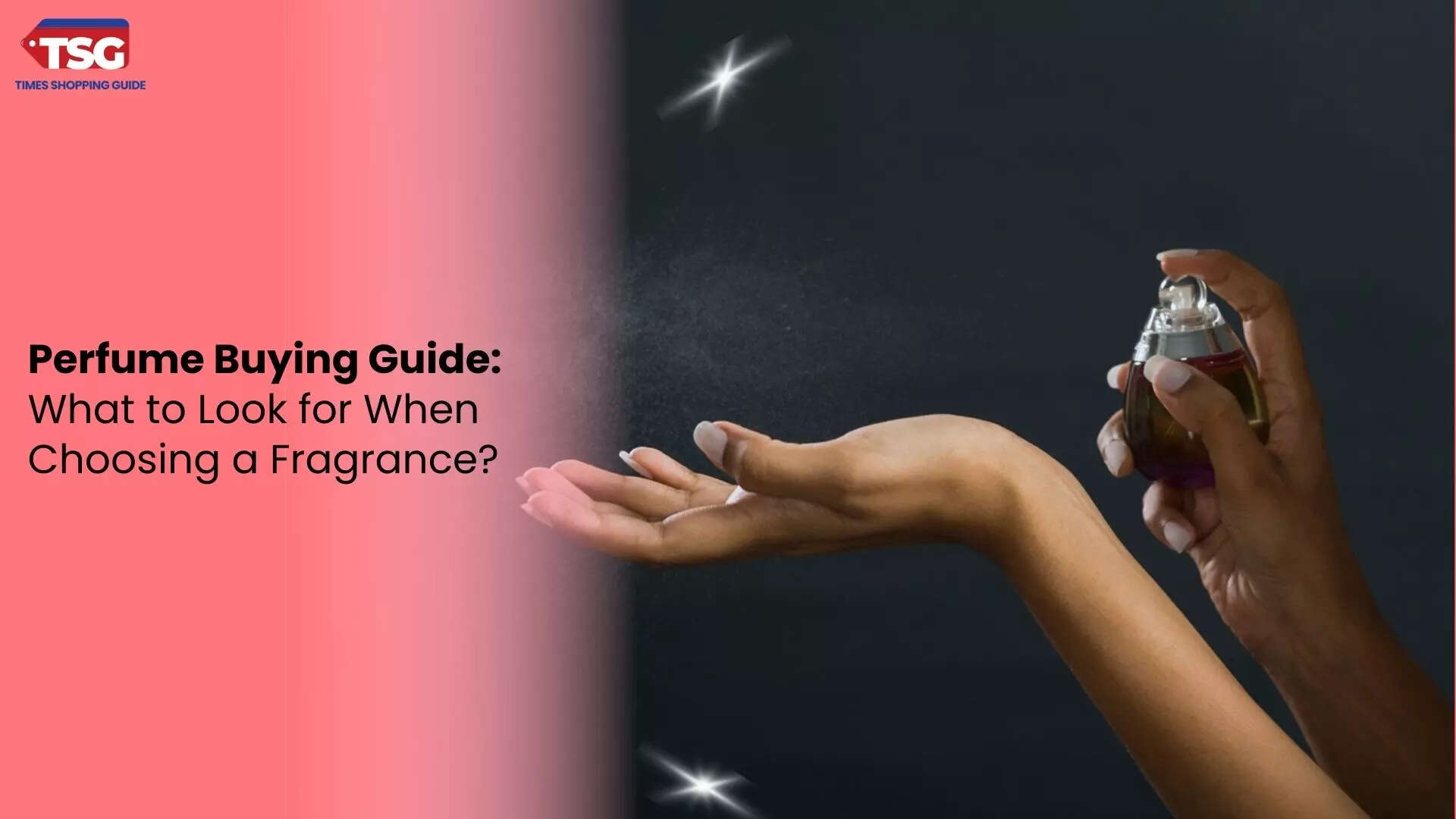- home
- beauty
- buying guides
- best hair growth foods you should be eating for long healthy shiny locks
Best Hair Growth Foods You Should Be Eating For Long, Healthy, Shiny Locks!
Long, shiny, smooth hair now becomes a reality. Here are the best foods for hair growth that you need to add to your diet today. Get started on them and welcome long, shiny lustrous hair in your life - the lengthy locks you have always wanted to flaunt are now here to be yours!
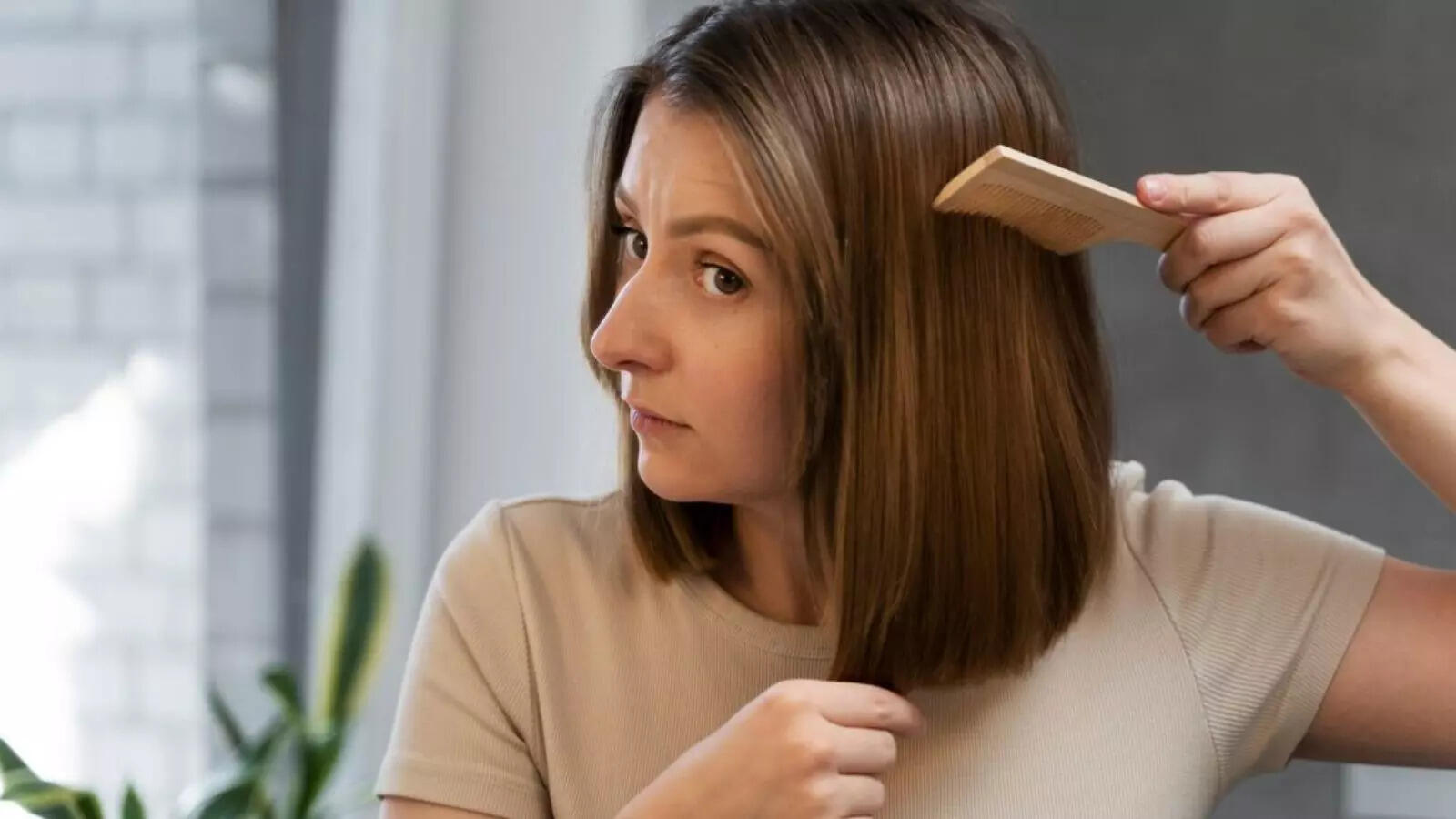
1. Eggs for collagen
Eggs supply the essential protein to your body and your hair. These proteins help in boosting collagen production in the hair and in turn, improve the thickness of hair. Eggs are also known to contain iron that helps improve circulation and provides overall strength to hair strands. All the other vital nutrients that are beneficial for hair health like zinc, vitamin D, vitamin A and lutein can be obtained by consuming eggs. An egg-tray in your house can be a lot more beneficial for your hair than your taste palette. These are the reasons why eggs are considered the best foods for hair growth.
Get your collagen nutrition without any hassle from these top-pick supplements:
- Swisse Collagen+ Hyaluronic Acid with Peptides, Vitamin C & E to Boost Skin Repair & Regeneration For Youthful & Radiant Skin - 30 Tablets
- Carbamide Forte 100% Veg Collagen Builder, 90 Tablets | Plant Based Collagen Support Supplement for Skin & Hair
Green leafy vegetables are a staple in any diet. They are rich in potassium, vitamins A, C, carotene and folate. The greens you eat are going directly into giving you those strong locks and good hair days. They provide keratin to the body that travels to your hair follicles and help in strengthening them. Green leafy vegetables are also a rich source of iron. Iron deficiency in the body is the reason for all those lumpy hair strands in the shower and on the floor while sweeping in the morning. Green leafy vegetables give your body the iron and keratin that’ll keep your scalp healthy and hydrated. So, no removing the peas from your plate anymore!
3. Oils for omega 3 fatty acids
Omega 3 fatty acids are well-known in the skincare community, but do you know that they are associated with long, luscious hair as well? They help nourish the hair and support hair thickening. And you need to consume omega 3 acids from outside resources because your body is incapable of producing these healthy fats. Oils such as flaxseed oil, soybean oil and canola oil are rich in omega 3 fatty acids. Add them to your everyday diet and watch your hair shine!
You can also pick your favorites from these best omega 3 fatty acids supplements:
- Neuherbs Deep Sea Omega 3 Fish Oil - Omega 3 Supplement Triple Strength 2500 Mg, Vitamin D - Fish Oil softgels With No Fishy Burps with Lemon Flavour- 60 Softgel for Men and Women
- BBETTER Omega 3 Fish Oil 1000mg High Strength for Healthy Heart & Brain, Omega3 Fatty Acid Capsules for Women & Men - 60 Softgels
When it comes to hair health, protein is the real sauce. Protein serves as the building blocks for hair follicles. So, if you want your hair to grow faster, longer and better, protein is the initial step. If you’re a non-vegetarian you can pick from a variety of animal proteins, and if you are a vegetarian then you can opt for your favorites from pulses like chickpeas, lentils, beans and peas.
Pulses have an abundance of protein. For a simple reference, one cup of lentils contains 18g protein. This is not all. Along with protein, pulses are also a great source of folate, a B-complex that’s essential for hair growth. For a fact, folate deficiency can result in a condition called folate-deficiency anemia which has symptoms like hair thinning and pigmentation changes in the hair.
5. Whole Grains to get the Biotin rolling
Whole grains are the everyday staples for biotin, zinc, iron and B vitamins. Biotin is an essential element for hair growth. It is required for cell proliferation and plays a vital role in producing the required amino acids (protein) that help your hair to grow. These amino acids help in strengthening the hair follicles and pave way for smoother, shinier, silkier hair that grabs attention and compliments alike!
Here are some of the best biotin supplements:
- Be Bodywise Biotin Hair Gummies for Stronger, Shinier Hair & Nails | 60 Day Pack | With High Potency Biotin, Zinc, Folic Acid & Multivitamins | Strawberry Flavored | No Added Sugar | 60 Gummies
- HealthKart HK Vitals Biotin, Supplement for Hair Growth, Strong Hair and Glowing Skin, Fights Nail Brittleness, 90 Biotin Tablets
We all know the importance of nuts and seeds for the strength in our body, but do you know they carry tons of health benefits for your hair as well? Almonds, flax seeds, and walnut seeds help in increasing the thickness and overall health of the hair by keeping it hydrated. These little tasty things impart strength to your strands, increase cell reproduction and reduce hair breakage. There’s a lot more! In addition to all these, the essential nutrients in nuts and seeds include iron, copper, magnesium, selenium and phosphorus. These can greatly benefit hair growth and make it strong.
7. Vitamin C-Rich Citrus Fruits for strand strength
Add a zest of citrus to your life for strong hair that knows no breakage. Citrusy fruits like oranges, lemons and grapefruits are a rich source of vitamin C and collagen. These two ingredients work like the perfect couple to power your strands with strength. Vitamin C is known to boost scalp circulation that paves way for improved hair growth and hair thickness. This is what makes vitamin C rich fruits great for hair growth.
You can also get your vitamin C nutrition from these supplements without going the extra mile:
- Centrum Women, World's No.1 Multivitamin with Biotin, Vitamin C & 21 vital Nutrients for Overall Health, Radiance, Strong Bones & Immunity (Veg) Pack of 30 Tablets
- Boldfit Vitamin C Complex 1000mg Tablet with Amla and Zinc for Men & Women - Supports Energy, Immunity, Antioxidant - 60 Tablets
While others may fancy it up by calling it ‘greek yogurt’ we’re here to make things simple for you. A dollop of curd is all you need to make your hair look luscious and shiny. It is packed with protein and also has a special ingredient that helps with the blood flow in your scalp. This is called vitamin B5 (also known as pantothenic acid) that helps fight against hair loss and thinning. So have a bowl of dahi at the end of your meals or your favorite raita to add the flavor to your tongue and shine to your hair!
9. Zinc
Many studies have shown that our hair follicles are closely stitched with parts of the immune system that support healthy, strong hair growth. As a result, zinc deficiency can lead to hair loss as well. Oats are a great source of zinc and work best as food for hair growth.
Zinc supplements have also been historically recommended as a hair loss treatment. Here are some of the best ones to pick from:
- HealthKart HK Vitals Iron + Folic Acid Supplement, with Zinc, Vitamin C & Vitamin B12, Supports Blood Building, Immunity and Energy, 60 Iron Folic Acid Tablets
- Man Matters Biotin Hair Gummies | 60 Days Pack | With Biotin, Vitamin A, C, E, Zinc & DHT Blocker | Added Sugar | Keeps Hair Healthy & Strong | Strawberry Flavored |100% Vegetarian | 60 Gummies
Next up on the list we have the chai essential - Ginger. This funny looking ingredient can also impact your hair health (who would’ve thought?!). Oxidative stress in the body tends to cause hair loss and overall, negatively impacts hair health. When these levels shoot up, your body is overwhelmed with reactive compounds such as free radicals, and ultimately damage hair follicle cells.
Ginger comes up here as the savior. It contains a variety of compounds, including the phenolic compounds gingerols and shogaols. When they work well in sync, they help reduce markers of oxidative stress in the body. With no stress, there will be no signs of hair damage, aka, beautiful, shining hair!
The Final Word
Your hair is a state of everlasting growth, and your hair follicles are highly sensitive to changes in nutrient levels, oxidative stress and other hormonal fluctuations.
These factors affect how your hair looks and feels. Thus, following a healthy diet rich in foods that provide the essential nutrients, minerals and vitamins is supremely important. The nutrients needed by your body to keep your hair healthy and strong are collagen, keratin, omega 3 fatty acids, protein, biotin, iron vitamin C, zinc and pantothenic acid. There are a number of foods that help provide these nutrients to your body including eggs, green leafy vegetables, pulses, whole grains, nuts, seeds, and ginger.
These work as the best foods for hair growth and can support the overall health of your hair too!
FAQs
- What food makes hair grow faster?
Disclaimer: Times Shopping Guide is committed to bringing you the latest products from the best brands. Our selection is based on market research and positive consumer feedback. Times Shopping Guide is also a part of an affiliate partnership. In line with this, we may receive a portion of the revenue from your purchases. Please note that the product prices are subject to change based on the retailer's deals.



